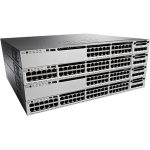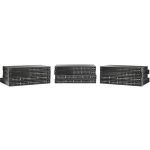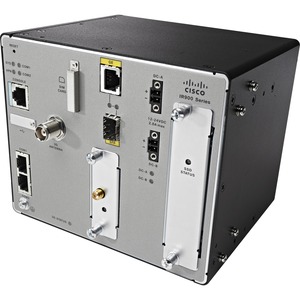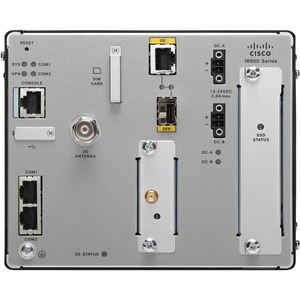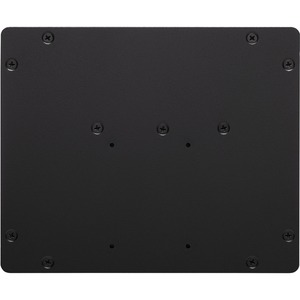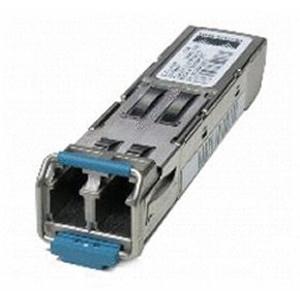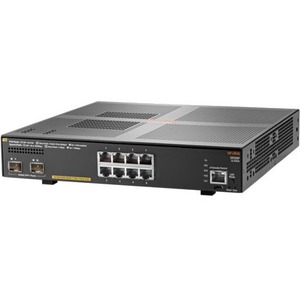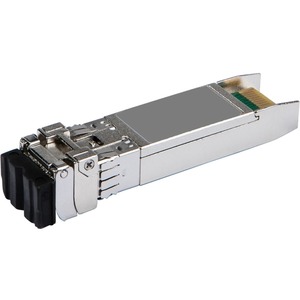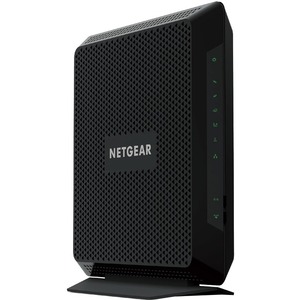Description
Cisco IR910G-NA-K9 Cellular, Ethernet Modem/Wireless Router – 3G – EVDO, HSPA, HSPA+(1 x External) – 2 x Broadband Port – USB – Gigabit Ethernet – Rail-mountable, Wall Mountable, Pole-mountableCONVERGE WIRELESS SENSOR NETWORK FOR SMART CITY
The Cisco® 910 Industrial Router (IR910) is a Cisco Internet of Things (IoT) gateway for Smart City applications. With a modular and open-slot design, it provides a common gateway platform to various wireless sensor technologies. Through a programmable environment and sufficient resource headroom, the Cisco IR910 allows you to host partners’ applications and execute local computing. By transparent integration with ecosystem partners’ solutions, it can deliver versatile Smart City applications, enabling use cases such as environment monitoring, smart parking, smart metering, smart street lighting, asset tracking, and other scenarios.
Wireless Sensor Technologies Reshape Smart City
The revolution of the Internet of Everything (IoE) and IoT is accelerating innovations that constantly reshape people’s lives and cities’ operations. As one of the innovations, wireless sensor technology is now used widely in Smart City applications. It offers proven inherent advantages at low power consumption, scalability, robust networking, and easy deployment. A typical wireless sensor network (WSN) spatially consists of numerous wireless sensors. They perceive environmental conditions or physical stimuli, such as temperature, humidity, illumination, noise, motion, etc. Through a vertical architecture, the captured data is forwarded from a sensor endpoint, a sensor gateway, and an IP network and then arrives at a data center in the cloud.
The Challenge to the Existing Sensor Gateway
Acting as a bridge between a WSN and an IP network, a sensor gateway plays a critical role in architecture to aggregate and converge wireless sensors. Most of the existing sensor gateways in the market have a fixed chassis design with unchangeable radio frequency. When solution providers extend a Smart City application to different regions, they have to rebuild a new sensor gateway that complies with local radio frequency regulations, such as 915 MHz for North America, 868 MHz for Europe, and 780 MHz for China. Even in the same region, when a different use case needs a different protocol, such as ZigBee (non-IP) for a Smart Home and IPv6 over Low-Power Wireless Personal Area Networks (6LoWPAN) for smart metering, the existing sensor gateway cannot easily migrate on the same hardware. Furthermore, the existing sensor gateway is only a router to forward uncooked data from sensors to the data center in the cloud, with no local data filtering and processing. This approach adds massive raw data processing tasks at the back-end data center and drains data center resources. The IP backhaul bandwidth is also exhausted by unscreened raw data. The more the sensor network grows, the less efficient the existing sensor gateway appears.

